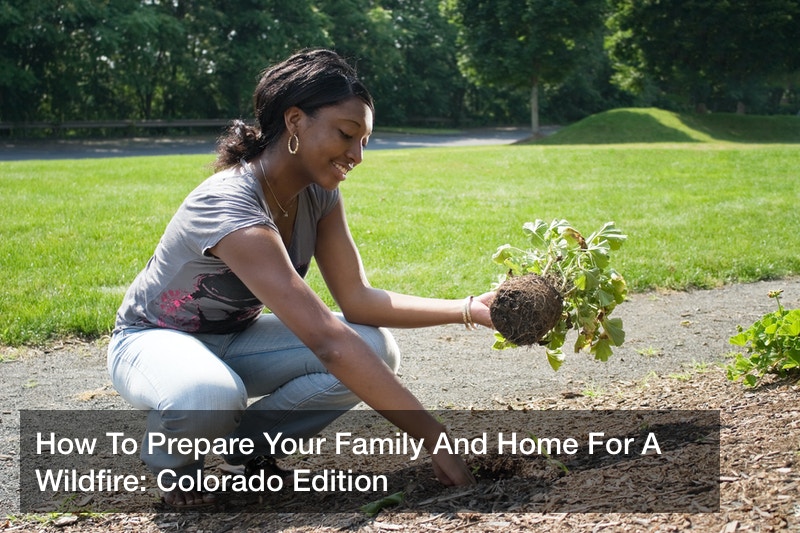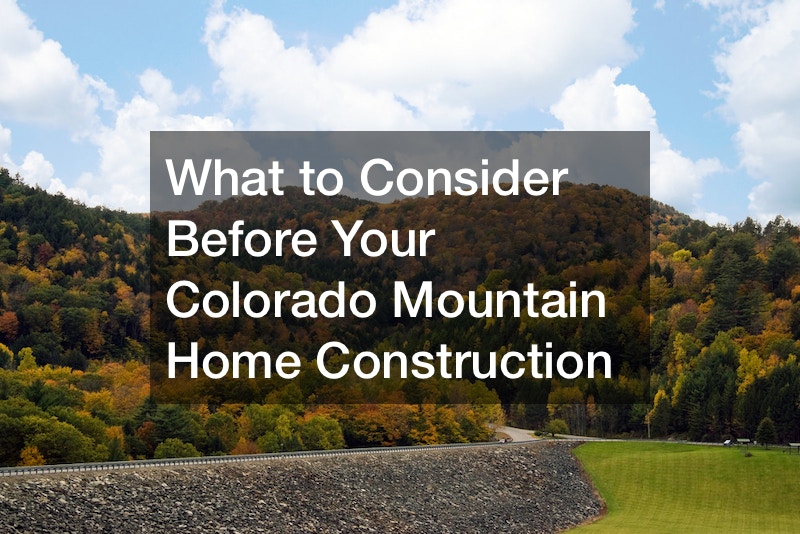
Fire damage restoration services help you to assess the extent of the damage, assisting you to secure items that did not get damaged and proceeding with renovations. If you have just had the tragic event of a fire in your area and are asking yourself “Can smoke damage be removed?”, you need not fear because fire damage cleaning services will ensure that you avoid any issues due to smoke damage. It is favorable to hire a professional to aid in your restoration process, each state has several and credible fire damage repair contractors at your convenience. Sometimes it may be difficult to determine the extent of smoke that is resulted in smoke damage from fire next door, this is why fire damage restoration rates are comprehensive to include this type of evaluation.
Fire damage restoration steps commence with a thorough assessment to secure the foundation and prevent any additional damage, so the walls need to be investigated to see if the area will need fire and water cleanup and restoration as an extra service. The best fire damage cleanup and restoration service will provide the efficiency of both water and fire restoration as a comprehensive offer. It is always advisable to get different rates for cost-effective services.
In Colorado, wildfire season is year-round. With an arid climate and low humidity, fires can take off and be difficult to fight. That doesn’t mean however that you should pack your things and leave Colorado unless an evacuation notice requires it. Colorado is a lovely place to live if you take the right precautions to prepare your home and family for wildfires. If you’re trying to figure out how to prepare for wildfire season in Colorado, here are some tips you can apply to keep your home and family safe.
Maintain The Landscape Around Your Home
A big part of figuring out how to prepare for wildfire season is to work on landscape maintenance, or controlling the shrubs, brush, and greenery around your home. The more of a buffer space there is between your physical home and the greenery, the better. Especially if you live in an area where your home is surrounded by wildland, you will need to take careful precautions to create the buffer around your home and be more protected in case of a wildfire.
As an example, in California, home are recommended to have two zones of defense. The first zone is maintenance within 30 feet of your home and the second is within 100 feet of your home.

In Zone one, you should start by removing all dead vegetation from your yard, the roof, and gutters. Dead vegetation catches on fire faster than live vegetation so it can create a big fire hazard for your home. The next step is to perform tree care on any trees that hang over your roof or have large dead branches. Cut them away and have them removed from your property as soon as possible. You should also trim trees regularly to keep them under control. If you have a woodpile for a wood-burning stove or fireplace, move that to zone two. Many people have their woodpile stacked against their home, but that is only creating a massive fire hazard.
In Zone two, you’ll start by caring for your lawn. Keep it mowed to a maximum height of 4 inches. As you perform more tree maintenance in zone two, make sure to create “vertical space” with the branches on your trees. This means trimming back branches lower on the trunk of the tree. You should shoot for a vertical space of about six feet from the ground. You should also shoot for some “horizontal space” between shrubs and trees. Plants grouped together just add more fuel for potential wildfires.

As you are working to maintain the landscape around your home, you may consider contacting some landscapers in your area to talk about different fire-resistant plants and layouts for your specific space. As you are learning how to prepare for wildfire season, maintaining the landscape around your home with be a very important step.
Strengthen Your Home
Another important part of learning how to prepare for wildfire season is taking precautionary measures to strengthen your physical home. Here are eight parts of your home you should focus on when working to make your fire-resistant:
- Roof: Your roof is the area of your home that is often more vulnerable to fires. Roofing material generally consists of wood and shingles which can be highly flammable. In order to prepare your home for potential wildfires, using a roofing material that is fire-resistant, such as metal or tile. You should also try to block or fill any spaces between the roof, and gutters to prevent embers from getting caught and lighting your roof on fire. You’ll also want to ensure you cover any vents with metal mesh to prevent embers from falling in. Clear your rain gutter or built-up debris, such as leaves and moss, or install a cover to keep debris from collecting on your roof.
- Windows: When exposed to the intense heat of wildfires, windows can break and create an opening for embers to enter the home. You can cut down on the risk of shattering windows by installing double-paned windows. Especially those with one pane of tempered glass can lower the risk of your windows breaking during a fire. This is a tip many fire protection services offer when advising homeowners how to protect their house.
- Walls: When you’re learning how to prepare for wildfire season, you’ll quickly learn how important it is to avoid wood materials when possible. Home siding is often made of wood panels or shingles, creating a huge fire hazard. You may consider using materials such as stucco, metal, or fire retardant treated wood for your home siding. It’s much better to take precautionary measures ahead of time rather than have to pay for fire damage repair after the matter.
- Deck and Porch: If you have a deck or porch attached to your home, chances are it’s made of wood. This is another source of risk during widlfire season. Your best bet is to have your deck and/or porch treated to be fire-resistant. You can purchase a kit to treat it yourself or hire a local company to handle it for you. Decks and porches also tend to be places where people put combustible items, like a grill or fire-starting materials such as lighters and charcoal. Make sure to remove those items from your deck or porch and store then in a garage.
- Chimney: Because your chimney is an access point for your home, you will want to install a metal mesh or some sort of non-flammable screen to prevent embers from wildfires from falling in. You will also want to cover any openings in your chimney to keep embers and sparks from a fire in the fireplace from escaping and starting a fire.
- Fences: Another item on the list of flammable home additions are fences. They are generally built with wood and can really add fuel to any fire, quickly making it out of control. If you have a fence around your property, consider treating it with a fire-resistant coating or even using fire-resistant paint. Reapply the treatment as needed to ensure you keep the risk of it catching fire low.

As you are figuring out how to prepare for wildfire season around your home, don’t forget the value of investing in a good home insurance policy. You may have to apply for a specific fire coverage policy, but especially in Colorado where wildfires are common, you will want to have peace of mind knowing you have additional coverage in case your home is damaged due to a wildfire.
Create A Family Emergency Plan
Another very important step you should take as you learn how to prepare for wildfire season is the creation of a family emergency plan. In the case that you are required to evacuate your home, you want to have practiced ahead of time and be prepared. If you don’t create an emergency plan ahead of time and discuss it with your family, you will be lost and confused when evacuation comes.
As you create your emergency plan, there are a few checklist items you should make sure to cover:
- Have an emergency evacuation location outside of your home where all your family members should meet. This will help you to ensure everyone is accounted for as you prepare for evacuation.
- Outline the different escape routes in your home. Having only one outlined escape route can be dangerous as it may not work well for certain parts of the home. Multiple routes will allow members of the family throughout the house to exit safely.
- Have an emergency contact who is not a member of the family designated. This person will be the point of contact for family members in case of separation. It should be a relative or very close friend, someone you greatly trust.
There are of course many other important things you need to talk through with your family when teaching them how to prepare for wildfire season, these are simply some of the most vital to have nailed down. Another recommendation is to make sure you have the six p’s in case of evacuation; People and pets, papers (important documents), prescriptions, pictures (or irreplaceable memorabilia), personal computers, and “plastic” (credit and debit cards).

You should also take precautionary measures around your home to be prepared in case you have to evacuate suddenly or need emergency assistance in case of a fire at your home. You should start with stocking fire extinguishers in your home and teaching your family how to use them. Make sure that they don’t expire as well, an old fire extinguisher won’t do you as much good. You should also teach your family where the emergency gas and electric shutoffs are. Assemble emergency supply kits for each member of the family, the American Red Cross has a great list of essentials to include. Don’t forget to build up extra water supply in case you need to put out a smaller fire at your home.
As you prepare the exterior of your home, you also want to take some precautionary measures. You should have multiple garden hoses around your home that are long enough to reach all areas of your property, especially within the two zones previously mentioned. You should also make sure that your driveway and the entryways to your home are large enough to accommodate emergency vehicles. If you have a gated entry, make sure that it opens wide enough. The last thing you want is for a firetruck to not be able to get close enough to your home to effectively fight a fire. You should also have your address clearly visible from the road so emergency responders can quickly locate you and your home.
As you setup your emergency plan, you will also want to ensure that your insurance coverage is active and will cover what you need. If your property is damaged from a fire, you will want to make sure you will have the funds necessary to pay for fire and smoke damage restoration.
Make Sure You Have The Proper Insurance Coverage
When it comes to making sure you have the proper insurance coverage for any fire damage insurance claims you may have to make in the future, you’ll have to do some serious research. Not all policies work for everyone. Your situation is very different than your neighbor. Your home insurance may not be enough to cover all you will need after a fire. As you’re learning how to prepare for wildfire season, making sure you have the proper insurance coverage is key.
When you are deciding between different insurance policies, remember that the homeowners insurance you have may not be enough to cover damages after a fire. Fire insurance will help to offset the additional costs you may have to cover if your home or property is damaged in a fire. Many fire insurance policies cover fire and water damage caused by fire and are only good for a year. Make sure you stay on top of renewing your policy.

Support Firefighters In Your Area
As you learn how to prepare for wildfire season, don’t forget the true heroes. The National Fire Protection Association estimated that in 2018 there were over 1,100,000 career and volunteer firefighters in the United States. Especially in states like Colorado where wildfires are more common, firefighters work long, dangerous hours. Besides actually saying thank you, there are a few different ways you can support the firefighters in your area and show them you appreciate them.
The first option is to donate to the Colorado State Firefighters Foundation. This will help the firefighters in your state to have the funds necessary to purchase the materials they need and continue to receive further training to work more effectively. Donating also helps to keep firefighters safe as they will have newer equipment to work with. It could also add to their hiring funds which means more firefighters working and more effective work.
Besides the state Firefighters Foundation, there are a few other first responder charities you can donate to that will also help firefighters around the country to get new equipment and the funding they need.
In Conclusion
As you learn how to prepare for wildfire season, these home, family, and insurance tips are some of the most important and effective to apply. The key to preparing for wildfire season is doing it way ahead of time. You want to have your emergency plan prepared and practiced long before the risk of wildfire becomes real. Start applying these tips now to make sure you and your family and ready in the event that you experience a wildfire in your area.
More:
fire resistant shrubs, drought tolerant fire resistant plants, fire brush flower, fire resistant foliage, fire retardant native plants, fireproof cover, list of fire resistant plants, phormium fire chief, trees that are fire resistant, wild faire, burn resistant, bush fire protection, el paso county colorado wildfire, fire clearance around house, fire mitigation colorado, fire resistant ground cover california, fire resistant ground cover plants, fire resistant plants oregon, fire resistant trees and shrubs, fire retardant foliage, fire retardant landscaping.




